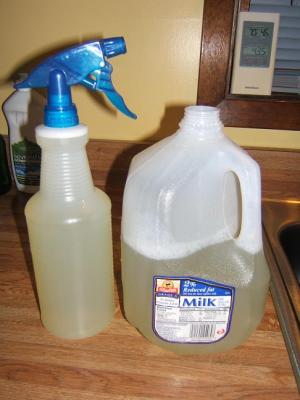Make an all purpose organic pesticide from vegetables
Introduction:
This tutorial will show how I made a cheap, all-purpose organic pesticide for my herb & vegetable garden. It can be used on a variety of insects that live in the dirt or on the plants including worms, mites and other parasites.
This entire pesticide will eventually break down and be reduced to nothing, so it is OK to eat any herbs or vegetables that are growing. This is mainly intended for indoor use, but I see no reason why it wouldn't work outdoors as well.
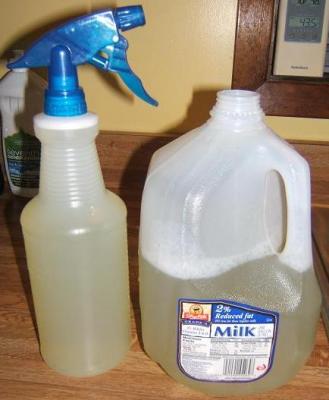
Step 1: Materials
The materials used to make the pesticide should be easy to obtain.
You will need:
* an empty & clean gallon jug (such as a milk jug)
* a spray bottle with spray nozzle
* a funnel
* a piece of cloth such as a shirt or bandanna
* a pot that can hold 1 gallon
* 2 small onions
* a jalapeno pepper
* a clove of garlic
* some dish soap
Take 1 gallon of warm water, dump it in a pot and you're ready to begin making the pesticide.
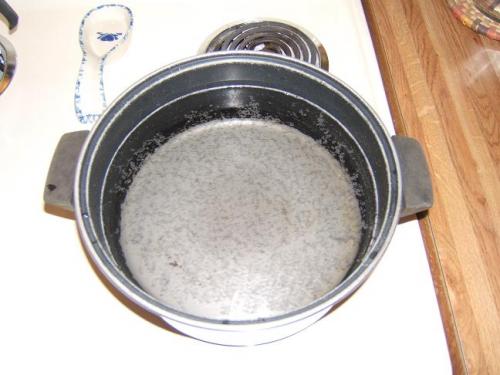
Step 2: Killer Salad
Take the vegetables and begin cutting them up. It doesn't have to be pretty, since nobody's going to eat it!
Chop up the 2 onions, the garlic and half or 3/4 of the jalapeno pepper. The seeds can be left in, since they're hot too.
Blend all the veggies together until pasty in a blender. The killer salad is now a killer paste.
***Take care not to rub your eyes or face after handling the liquid or the vegetables. The pepper especially can really burn if it gets in the eye!***
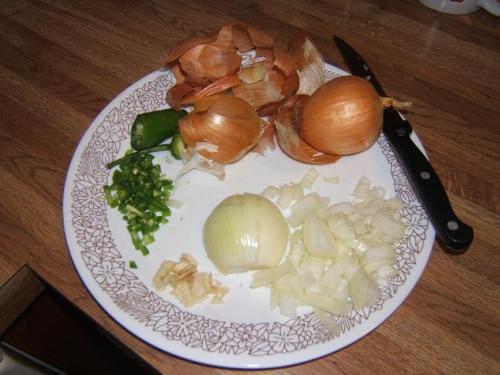
Step 3: Making the killer soup
After everything has been blended, dump the paste into the pot of warm water and let it sit for 20 minutes.
The ground up vegetables and water will make the killer soup or tea. It's going to be mighty fragrant at this point. Just let all those offensive tastes and odors seep out into the water.
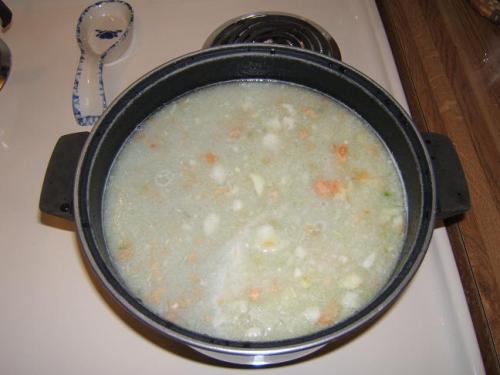
Step 4: Straining out the veggies
Once the soup has been allowed to sit and a lot of the flavor and odor has mixed with the water, the liquid needs to be strained.
I used a funnel and bandanna to catch the vegetable particles as I strained the liquid into the gallon jug.
I tried using a coffee filter at first to strain the liquid, but it clogged easily. Cloth seems to work best.
The mush that collects in the cloth can be squeezed out into the jug and the leftover can simply be thrown out or put into a compost bin.
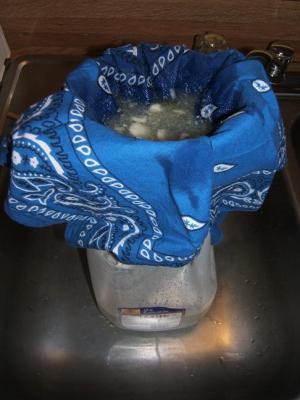
Step 5: Add some dish soap
After all the straining is complete, I added 2 tablespoons of dish soap to the liquid.
Keeping with the spirit of this being an organic, plant-friendly pesticide, I used a vegetable-based dish soap. It is free of petroleum-based chemicals, dyes and perfumes and biodegrades naturally.
If you are using a soap that is petroleum-based or has dyes or perfumes, try adding half of what I used.
The soap makes the already bad-tasting, stinky liquid soapy and even less palatable to the insects that inhabit the plants.
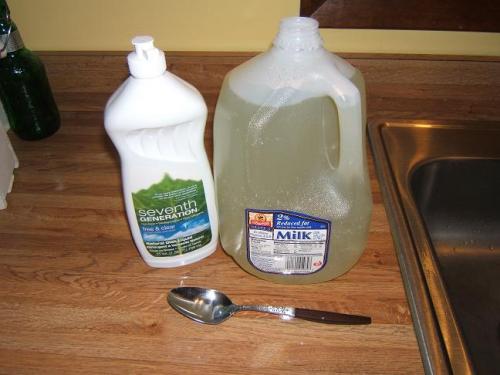
Step 6: Using the pesticide
Using the funnel, fill the spray bottle up and set the nozzle to a light mist.
At this point, the rest of the liquid can be capped and stored in the refrigerator for up to 2 weeks. Simply shake it up before it is used.
Take the spray bottle and spray the plants first. Try to get all over the plant including the stem and under the leaves. Spray the soil as well so that the top of it is wet.
What this liquid does is make every part of the plant that it touches unpalatable to the insect. The water evaporates and leaves behind the odor and flavor. It smells and tastes gross and they won't eat it. When they won't eat anymore, they eventually starve. The liquid will not kill the insects on contact, so do not get upset if you see increased activity after the application. They're simply struggling to find something to eat.
Treat every 4 or 5 days to kill off the pests and prevent newly-hatched babies from feeding. It may take 3 or 4 treatments, but the numbers should gradually decrease.
